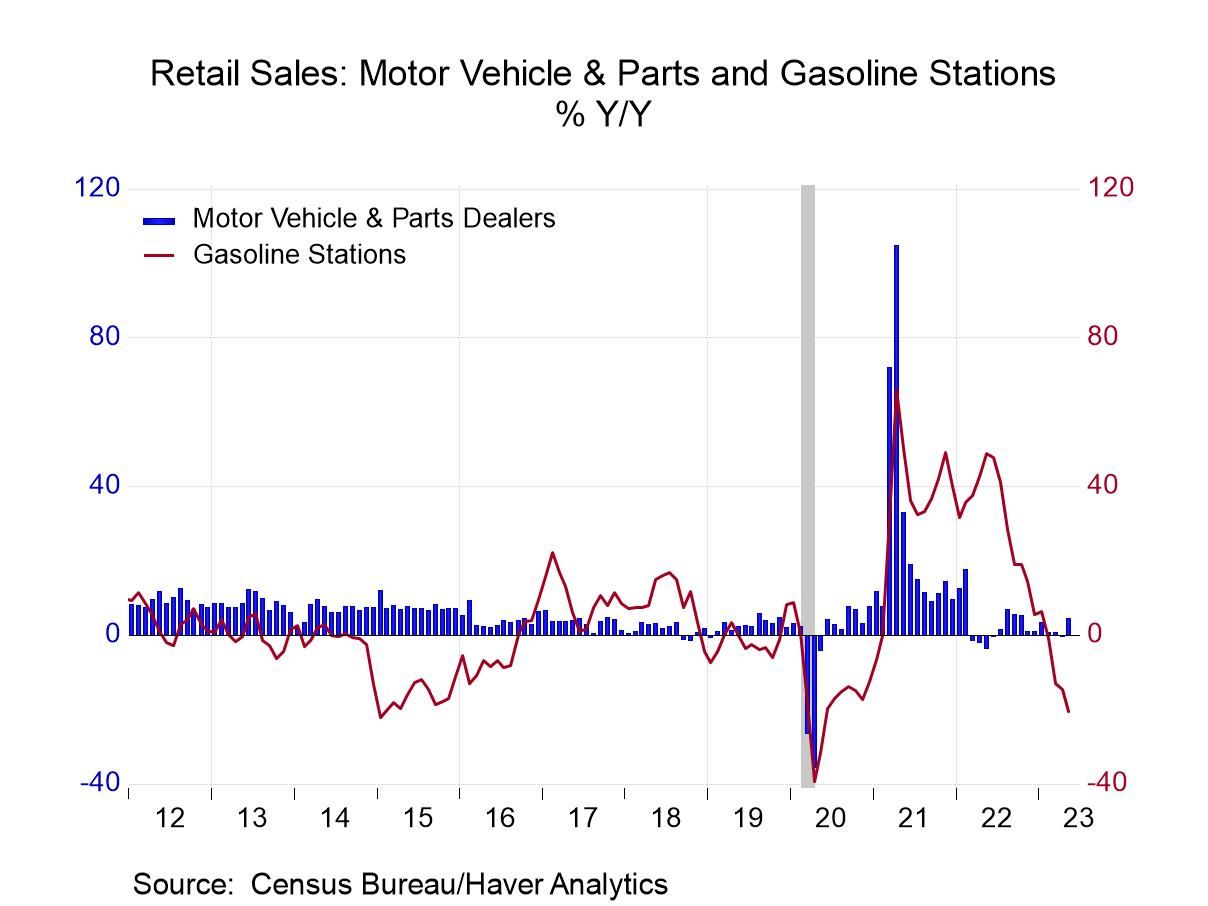Car registrations in Europe rose briskly in May, advancing by 10.5% from April as registrations (hereafter, sales) had fallen 12.9% month-to-month. Sales changes, calculated from three-month moving averages, increase month-to-month by 1.3% after a 1.7% April drop. Rather than viewing May as a strong man, it appears to be a rebound month.
Sequential growth rates show 12-month growth in European sales at 20.5%, a very strong pace. Over 6 months, registrations/sales were down by 1.2% at an annual rate. Over 3 months, they expanded at a 16.1% annual rate. Growth rates, calculated from three-month moving averages, show an increase over 12 months of 23.7%, a 6-month increase at a 2.4% pace and a 3-month increase at a 3.3% annual rate. Smoothing the sales shows steadier and continued growth in car registrations/sales in Europe. While the year-over-year gain is quite strong at 23.7%, the ensuing 3-month and 6-month growth rates are much more moderate in the 2½% to 3 ½% range, annualized.
Growth rates by country largely echo the headline as Germany, Italy, Spain, and the U.K. all show positive growth rates in May that are recovering from declines in April. France shows a 0.6% gain in May following a 1.2% rise in April, scoring 2 gains in a row but on much more moderate changes than those reported in other countries.
Sequential gains by country reveal extremely strong gains in Germany, Italy, and France, where the German three-month growth rate annualizes to 66.9%, France to 32.1%, and Italy to 23.4%. These contrast with Spain where there's a 20.3% decline in registrations and the U.K. that has a 48.5% decline in registrations at an annual rate over 3 months.
Sequential patterns show indeterminate or complex results for Germany, France, and Italy. All three cases demonstrate growth rates over 12 months near or over 20% and slip over 6 months only to rebound over 3 months to growth rates nearly as strong or at a stronger pace than they posted over 12 months. France is again the more unusual case as its growth rates are steady and accelerating with a 6-month fall back in growth that's minor in nature as growth is 18.5% over 6 months compared to 22.6% over 12 months and then advancing at a 32.1% annual rate over 3 months. Spain and the U.K., however, show clear decelerations in growth from 12-months to 6-months to 3-months with both posting double-digit declines over 3 months annualized.









 Global
Global